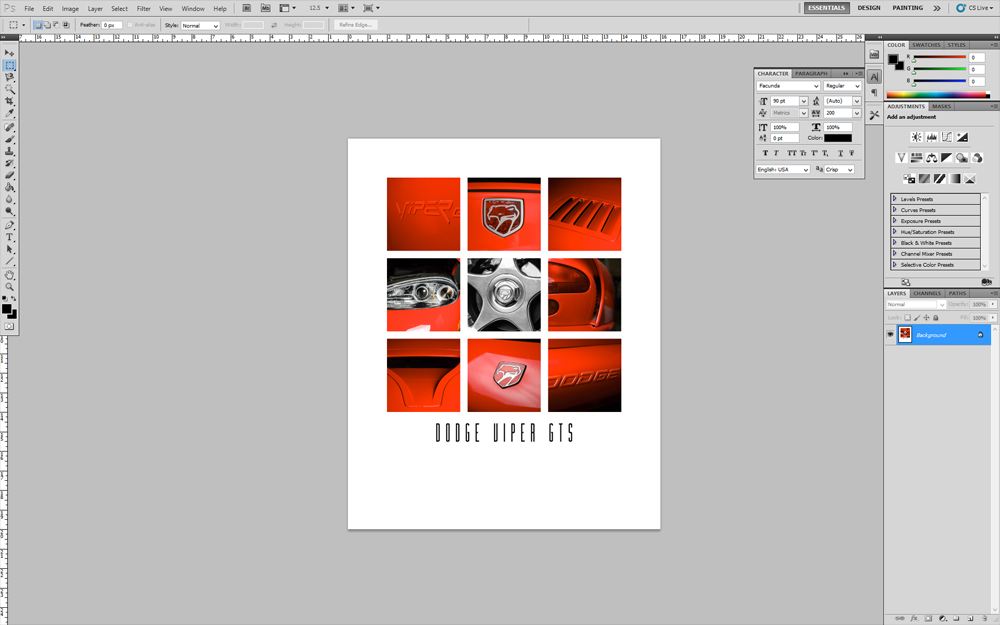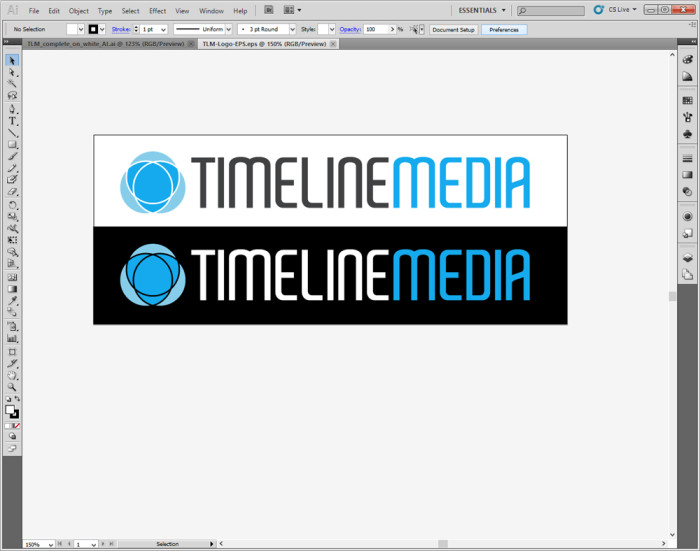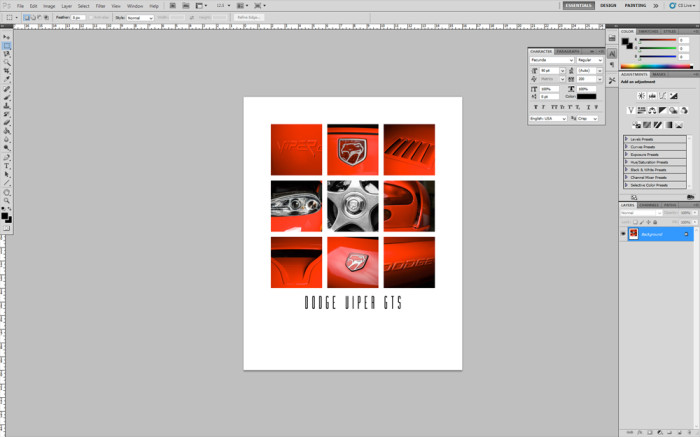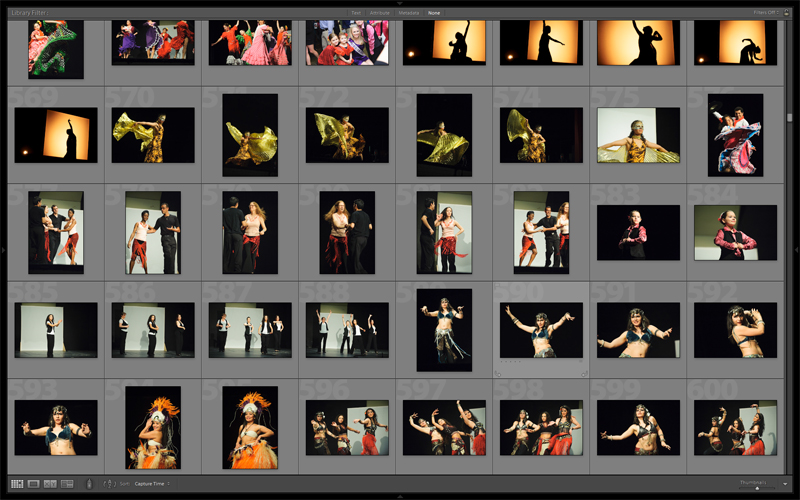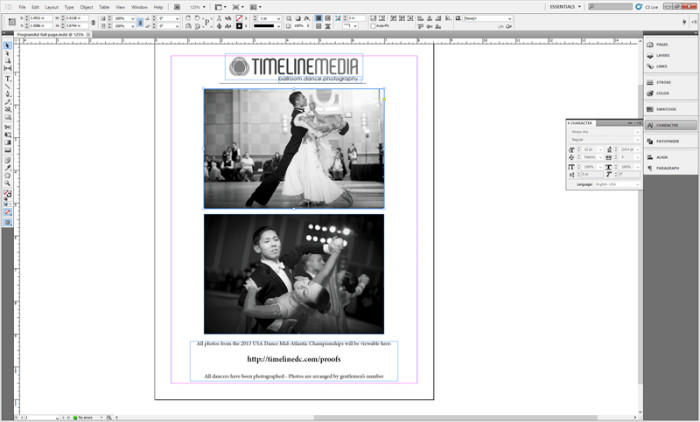
After experimenting with my own car, I took my Rapid Box to photograph another, more exciting model, a Dodge Viper GTS. This would be another chance to try the Westcott Rapid Box as my new flash modifier. Photographing car details with this setup is very easy! The portability of the Rapid Box as well a small speedlight means that you can put the flash in a small space and still use some sort of light modifier to make the light softer. This allows for lighter area to fall into shadow nicely which helps to block out distracting elements in garage from being seen in the photo. Combine that with a macro or short lens, and you can really focus in on details.
Details
In this first photo, the flash allows you to control the light and give it a little shape. The light fades slightly from the top right to the bottom left, framing the letters. The addition of flash instead of using available light means I can hand hold the camera and adjust quickly than if stuck on a tripod. The ISO is also at the lowest setting on the camera meaning the color is still vivid and true compared to higher ISOs.
Again using a small softbox, you can get soft light in a tight spaces. The light still shapes the area under the flared out lid at the rear above the tail light. This is something that is very difficult to do without a light shaper in front of your flash. All of these photos of the car details can be put into a compilation poster to give an overall picture of the car. You may have seen it in a previous post. Try it with your car and let me know how it goes!
TimeLine Media – www.timelinedc.com
703-864-8208



